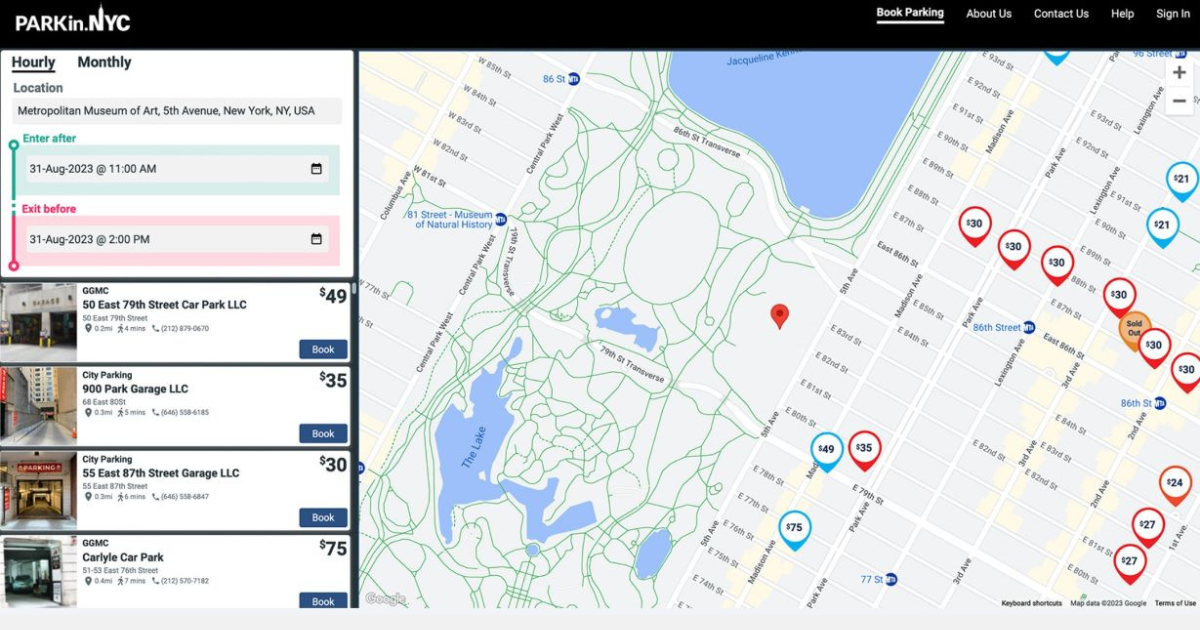2018 Brings the Next Phase of Big Data for Smart Buildings

In 2018, big data business value will become a reality for many more building owners. This year will rapidly continue a trend of stepping up a level from chasing systems and features to focusing on enablement, catalysts, and business value.
This pattern is welcome news and it is high time real estate stakeholders stopped getting mired in conversations about individual systems, algorithms, features, and programming and started taking big data business actions that scale across a portfolio. This behavior is rooted in the basics of IT strategy, but, somehow the industry got thrown off in the early stages of smart buildings and went chasing point solutions like the proverbial dog noticing a squirrel every few seconds. Big data is critical to unlocking hidden operational inefficiencies, making better capital deployment decisions, better space utilization, optimal price points, better comfort, convenience and overall experience. This is accomplished through a myriad of analytics and analysis that are not possible without the reams of valuable data trapped in our systems, devices and computers.
Big data is not a new topic for us in the real estate industry, but by most accounts, we have been late to the party for wide-spread adoption. From the earliest days of Realcomm, we can recall it was all about the enablement of the back office, with work order management, asset management, broader IWMS, paperless transaction tools and other software solutions. This movement formed the original foundation of real estate big data which eventually led to the conversation about the need to harness the billions of big data ‘points’ available from the front of the house such as controls systems, sensors, and mobile devices – all of which now comprise the Building Internet of Things (BIoT). We then glimpsed a vision into how we would soon be integrating the whole data value chain and moving towards more automation, data-driven decision making and artificial intelligence (AI).
The past three years at IBcon have shown us increasing numbers of big data and analytics solutions leveraging many front-of-house data sources, and this has ushered in the era of the BIoT. With access to more and more BIoT data sources, we have begun to see some of the first real integrations between BIoT solutions and the back office (such as fault detection & diagnostics [FDD] and work order management). In this example, the FDD analytics finds a problem and then directly converts it to a work order including insightful contextual information such as location, frequency, and device. This use-case shows us a preview of a what that full real estate technology value chain can look like and brings to life the vision Realcomm/IBcon has long predicted for almost two decades. We have been in the early phases of this full technology value chain – but are now poised to make significant progress as an industry.
Three focus areas will enable the industry to move into an advanced stage of big data value creation in 2018:
(1) Cybersecurity has become the new table stakes for all big data and is also growing into a daily facility operational requirement. The Cybersecurity chickens are coming home to roost in the real estate industry after decades of neglect. We have seen examples of phishing attacks that ransom HVAC controls for bitcoin in commercial office buildings, hospitals and schools; embarrassing digital signage hacks; access of corporate networks (and even printers) through controls systems to create life safety threats; and more. Regrettably, this is certain to escalate since our building stock is perhaps one of the softest targets of all industries.
There is much to accomplish starting with assessments/audits, vendor policy, monitoring and more, but the point here for big data adoption is that cybersecurity issues have noticeably slowed technology adoption. However, with the emergence of industry-tailored remediation efforts, this will switch from an impediment to a catalyst as senior executives become more aware and take cybersecurity steps that inspire confidence for faster technology adoption. Owners and operators can’t wait on this, whether for big data or not.
(2) Virtually free data is more available from existing systems and sensors that provide voluminous, inexpensive data points for decision making, operational efficiency, space utilization, safety and experience. While we have more ways than ever to get data from existing systems with gateways, middleware, and APIs, it’s also a significant factor that sensors have evolved from expensive, proprietary appendages to your BAS to very inexpensive, non-proprietary, multi-functional data gathering devices. Advanced wireless technology, battery improvements and lower manufacturing costs are making deployment faster and easier than ever. Casey Talon, senior research analyst with Navigant Research, says “These (sensor) devices will help transform how commercial facilities are managed…”
Transform is a strong word, but they are indeed a catalyst for big data inputs and for making better automated and manual decisions. The fact that they can be system-neutral also eliminates data overlap. The strategic use of sensors is impacting design, management, roles and even human resource issues. While organizations are sorting through all of that, the industry has validated that a variety of sensors as part of a big data plan is a very cost efficient, catalytic component of big data strategy.
(3) Use-cases have rightly killed the pure systems and features conversation, giving way to the business outcome, risk mitigation, productivity and other key performance indicators (KPI) that matter most. Use-cases sound relatively tactical and innocuous at first. However, the entire smart building industry has been held back by the lack of use-cases. As mentioned above, for over a decade we have all been caught up in systems and features to the point of losing sight of their relevance. The use-case conversation has caused a shift from tech talk to real, facility scenarios with measured outcomes. The big difference is a use-case often requires several systems to achieve the described functionality and results as opposed to starting with a system feature list and imagining how you might use it.
For example, a parking system may have the ability to read license plates, show the available spaces on a screen and automatically bill the customer’s credit card. That sounds cool, but it’s much better and more efficient couched as a use-case to get commuters to their desks faster for a better experience and more productivity – which might also leverage smart elevators, ingress lighting, HVAC scheduling and physical security.
There are other issues and other supporting technology trends at play that coincide with the concept of big data including IoT and AI, but also cloud, mobility, wearables, social media and more. While all these must be accounted for, if you have the planning and purchasing framework of use-cases; lots of cheap data; and the ability to ensure cybersecurity, you are well on your way to quickly leveraging big data for the greatest benefit to your organization.
 This article is co-authored with Rob Murchison,
This article is co-authored with Rob Murchison,
Co-Founder and Managing Director, Intelligent Buildings, a nationally recognized specialist in real estate technology with expertise in strategy and standards development, organizational alignment and financial analysis. Rob has over 20 years experience in strategy consulting, sales and design of technology to real estate developers and commercial businesses.
This Week’s Sponsor
ESD is a leader in Improving Society Through the Built Environment. It creates solutions that produce economic, environmental and experiential benefits for its clients, many of whom are the biggest names in the worlds of business, technology - and beyond. The company is in the forefront of developing Intelligent Buildings. For more information, please visit www.esdglobal.com.
Read Next
 3/27/2025
3/27/2025
The Convergence of Edge Computing, Cloud, and AI in Building Automation and Smart Buildings In the built environment, we have seen the convergence of Operational Technology (OT) and Information Technology (IT), later expanding to include Workplace Technologies (WP).
 3/27/2025
3/27/2025
DC Power: A Holistic Approach to Energy Savings in Commercial Buildings In today's energy-conscious world, businesses constantly seek ways to reduce their carbon footprint and operational costs.
 3/13/2025
3/13/2025
How to Achieve Eco-Friendly Facility Management Commercial real estate operators and facility managers are focusing on sustainable practices to minimize environmental impact, create healthier workplaces, improve productivity and lower operational costs.
 1/23/2025
1/23/2025
When It Comes To Managing Properties’ Parking, Technology Is Key It’s easy for developers and real estate owners to think of parking as a necessary evil. They know they have to provide it (often, because it’s mandated by code), they understand that prospective tenants and buyers expect to be provided parking, but they haven’t figured out how to maximize its value.






.gif)



